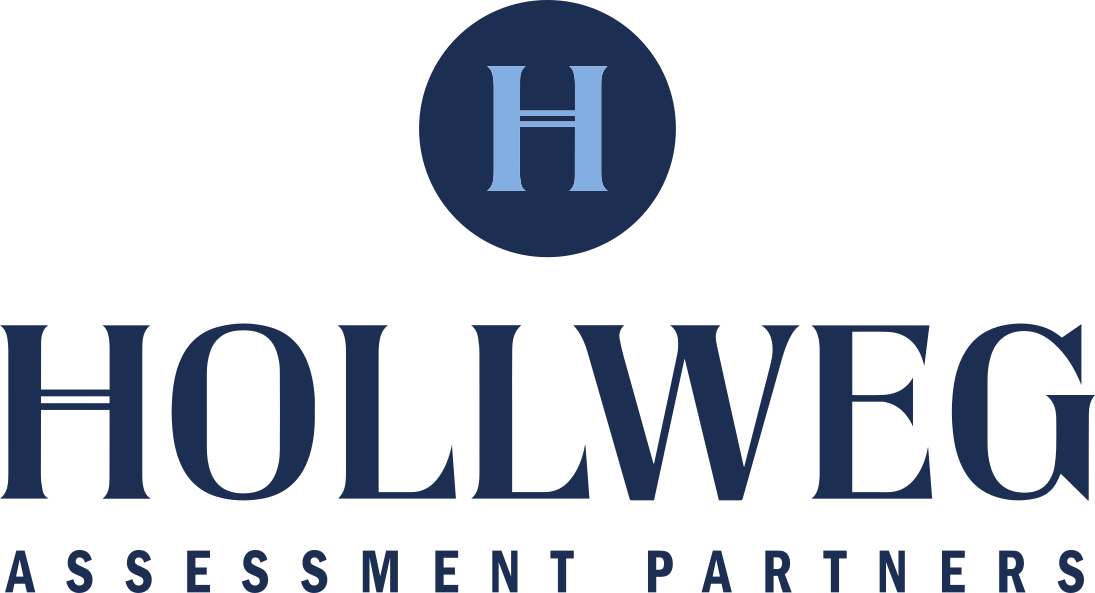Decision Making/Problem Solving
Organization
(Focus & Organization, Time Utilization, Priority Focus)
Problem Anticipation
(Planning, Long Range Thinking)
Analytical Thinking
(Detail Orientation, Detailed Analysis)
Innovative Thinking
(Creativity)
Practical Problem Solving
(Practical Thinking, Common Sense, Realistic Thinking)
People Leadership
Assertiveness
(Ability to Take Charge, Willingness to Take Charge)
Tough-Mindedness
(Conflict Management, Holding Team Accountable)
Positive People Orientation
(People Relations)
Insight
(Interpersonal Insight)
Work Style
Drive & Energy
(Action Orientation, Stamina)
Self-Reliance
(Independent Initiative, Self-Motivation, Initiative)
Process Orientation
(Need for Structure, Acceptance of Authority, Rule Orientation)
Flexibility
(Multi-Tasking, Need for Diversion)
Results Focus
(Results Orientation)
Accommodation
(Service Orientation, Team Orientation)
Personal Characteristics
Self-Discipline
(Conscientiousness, Responsibility, Restraint)
Emotional Consistency
(Capacity to Handle Pressure, Stress Tolerance, Resilience)
Objectivity of Viewpoint
(Objectivity, Criticism Tolerance)
Confidence
(Self-Assuredness, Self-Confidence)
Learning Agility
Quantitative Reasoning
(Numeric Reasoning)
Navigating the Resources
- Read the information below about the trait to develop a greater understanding of your strength/opportunity.
- Consider the Stop, Start, Continue examples to create your own actionable change behaviors.
- Explore the trait more fully by taking advantage of the weblinks below.
Emotional Consistency
(Capacity to Handle Pressure, Stress Tolerance)
Emotional resilience measures the extent to which you remain even-tempered and operate smoothly when under pressure. The resources below should provide you with the steps for increasing or decreasing your level of emotional resilience.
Strength
Higher levels of emotional consistency indicate you are able to handle stressful situations and disappointments in a calm and composed manner.
Opportunity
Lower levels of emotional consistency indicate you may be easily frustrated or emotionally reactive to situations.
Excess
Excessive levels of emotional consistency indicate you may be overly stoical or unemotional in some circumstances, limiting your ability to relate to others.
Identify an opportunity area that you would like to change. Then, develop behaviors that you can Stop (unhelpful or limiting behaviors), Start (behaviors that you can begin now), and Continue (behaviors that you already do well) to improve in this area. Use the examples below to help create your own Stop, Start, and Continue behaviors.
| Stop | Start | Continue |
| Allowing frustrations to show. | Taking the opportunity to take a break when you feel frustrated or stressed. | Thinking critically about decisions. |
| Blowing problems out of proportion. | Considering the problem realistically and thinking through the immediate implications first without extrapolating to the “what-ifs” | Turning to coworkers for support when needed. |
| Being cynical about situations. | Taking the negative and considering a neutral or positive counter thought to balance a pessimistic attitude. | Developing healthy responses to your stressors. |
Emotional Consistency Weblinks for Development:
Emotional Consistency Leadership Weblinks for Development:
5 Tips to Help Managers Manage Stress
